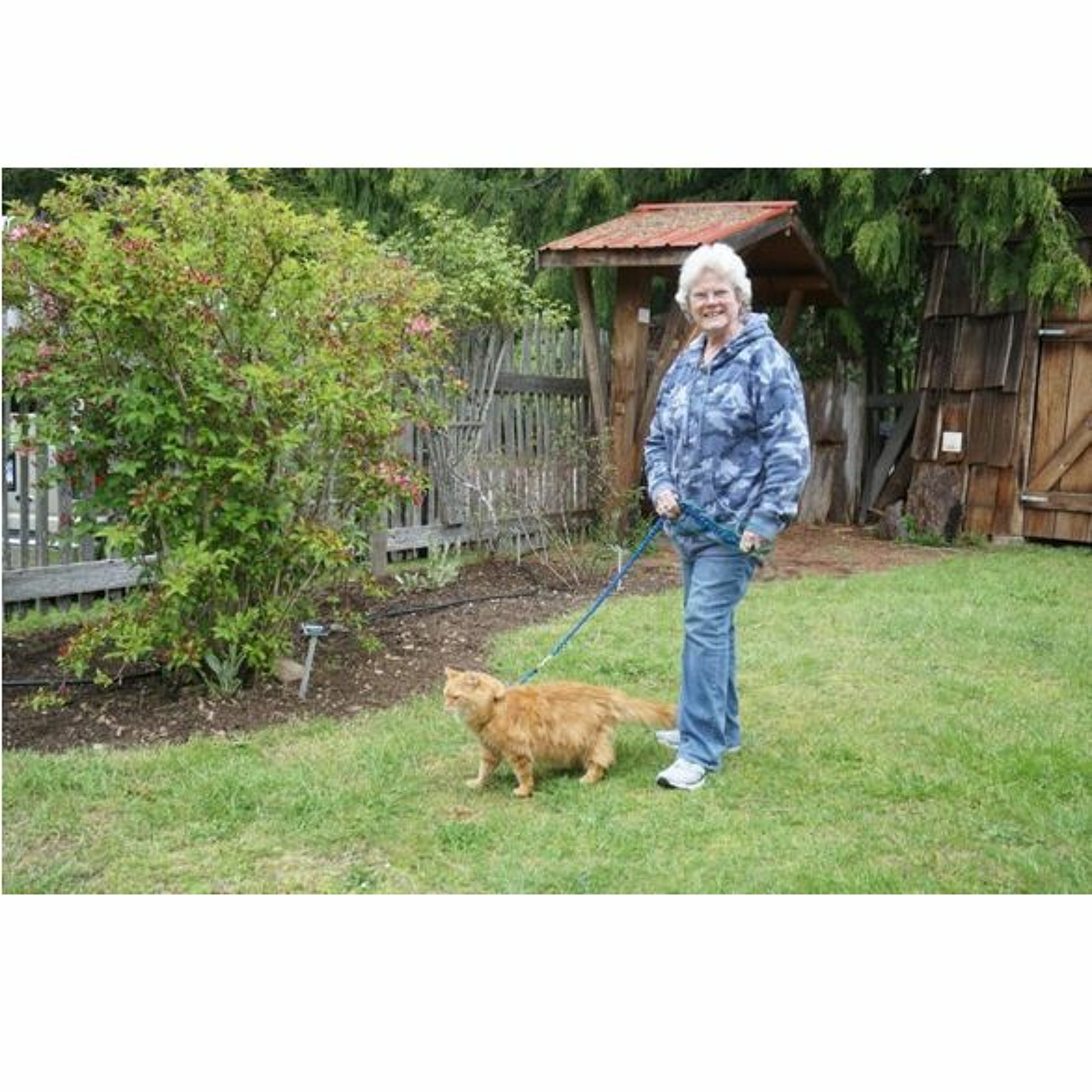Schools of Squirrel Cove
- Author
- roy.hales9.gmail.com
- Published
- Mon 22 Jan 2024
- Episode Link
- https://soundcloud.com/the-ecoreport/schools-of-squirrel-cove
Lynne Jordan/ Cortes Currents - At the beginning of the 1900s, Squirrel Cove on the east side of Cortes Island was a hub of activity for homesteaders, loggers, fishermen, miners and trappers. They came from all the surrounding islands for supplies, groceries, mail, repairs, radios and dances in the hall. There were two stores, a post office, church, hall, two machine shops, a boatworks, a marine ways, and a big dock where the Union Steamships stopped regularly. Jim Spilsbury also stopped frequently to install or repair his radios in boats and homes.
The first school classes were overseen by parents and held in a little one-room tar-paper shack right behind the store that still exists today. The first registered Squirrel Cove School was located at the top of the hill going west towards Gorge Harbour. It was a one-room school built in 1916 by locals and was used until 1941. Back in those days, a school needed 9 students for the government to supply a teacher. Residents of Whaletown and Squirrel Cove disagreed over which school was closest to Barret’s Lake (now called Blue Jay Lake) in Green Valley where a number of children lived. Bill Barrett settled the debate by tying a rag to a wheel on his wagon and counting the revolutions on a trip from Green Valley to each school. Squirrel Cove won, so the Green Valley children walked there. The nearby Seaford community had a school that opened in 1921 for only ten years. When it closed in 1931, children from there joined the Squirrel Cove School. The school had just one small room with a tiny cloakroom at one end. There were no washrooms, just outhouses up on the hillside.
No First Nation children attended school here. In centuries past the Salish Klahoose used Squirrel Cove traditionally for harvesting and fishing. Near the end of the 1800s, they moved permanently to Squirrel Cove. After 1915 Klahoose children were taken to Residential School in Sechelt by Union Steamships, returning home for Christmas, Easter and summer holidays. Fred Reedel remembers in the 1940s, “Even though we didn’t go to school together, we all played together.”
